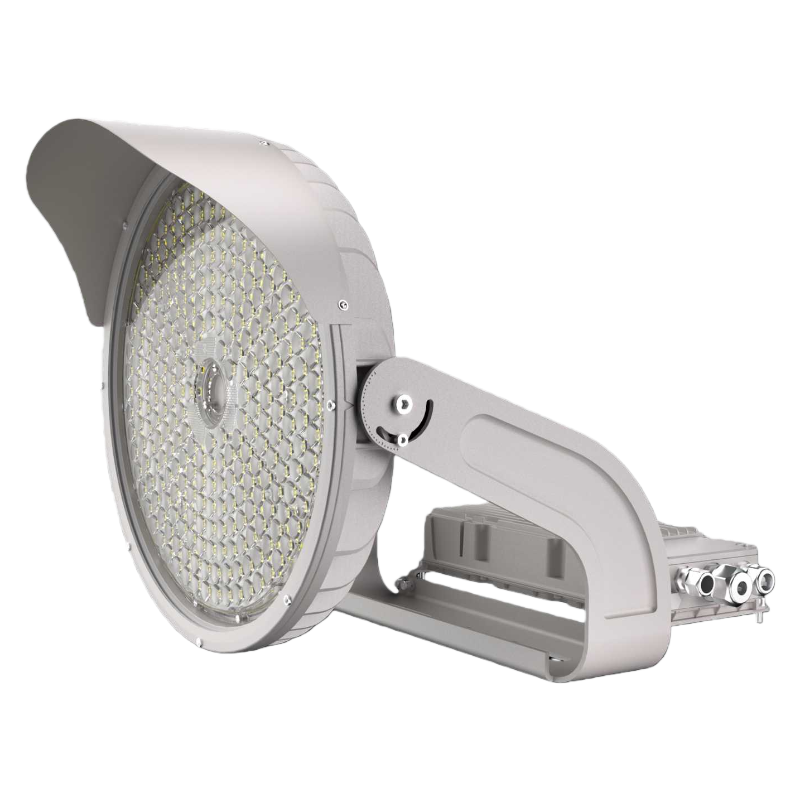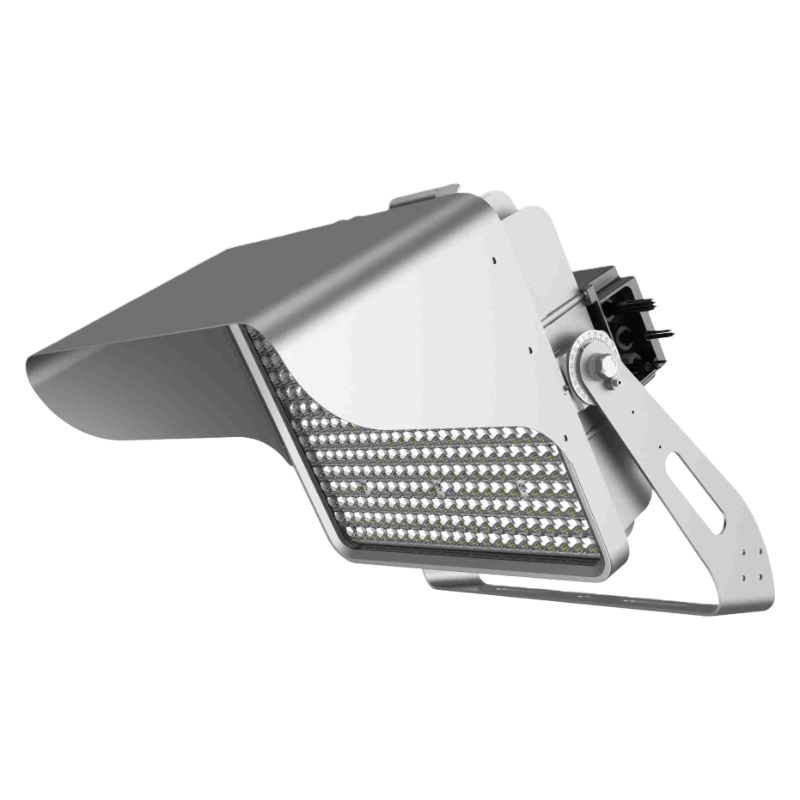Architectural LED Area Lights | Enhance Building Exteriors with Modern Lighting
In the realm of architectural design, lighting is no longer just a functional necessity but a transformative element that shapes the identity and allure of building exteriors. Architectural LED area lights have emerged as the gold standard for modern lighting solutions, seamlessly blending aesthetics, efficiency, and durability to enhance structures of all types—from sleek commercial skyscrapers to charming residential complexes. Unlike traditional lighting options, these LED fixtures offer unparalleled control over light distribution, color temperature, and intensity, allowing designers to craft immersive exterior environments that highlight architectural details, improve safety, and reduce environmental impact.
The Core Advantages of Architectural LED Area Lights
The shift toward architectural LED area lights is driven by a suite of benefits that address the evolving needs of building owners, designers, and sustainability goals. First and foremost is energy efficiency: LED technology consumes up to 75% less energy than incandescent or halogen lights, translating to significant cost savings on utility bills over the fixture’s lifespan. A typical LED area light can operate for 50,000 to 100,000 hours—far longer than traditional alternatives, which require frequent replacements, reducing maintenance costs and hassle.
Beyond efficiency, these lights excel in lighting precision. Architectural LED area lights are available in a range of beam angles, from narrow spotlights to wide floodlights, enabling targeted illumination of specific features like facades, columns, landscapes, or entryways. Color temperature flexibility is another key advantage; warm white (2700K-3000K) creates a welcoming ambiance for residential exteriors, while cool white (4000K-5000K) lends a sleek, professional look to commercial buildings. Many modern fixtures also offer dimming capabilities and smart controls, allowing for dynamic light adjustments that adapt to different times of day or events.
Durability is equally critical for exterior lighting, and architectural LED area lights are built to withstand harsh weather conditions. Constructed with corrosion-resistant materials like aluminum or stainless steel and rated for IP65 or higher waterproofing, they hold up against rain, snow, extreme temperatures, and UV exposure. This rugged design ensures consistent performance year-round, making them ideal for both urban and coastal environments.
Versatile Applications Across Building Types
The adaptability of architectural LED area lights makes them suitable for a wide array of building exteriors, each with unique lighting requirements. In commercial settings, such as office buildings, hotels, and retail centers, these lights play a dual role: enhancing brand identity and attracting customers. For example, a luxury hotel might use warm-toned LED floodlights to highlight its stone facade and landscaped gardens, creating an inviting first impression. Retail plazas often employ colored LED area lights to draw attention to storefronts or seasonal displays, boosting foot traffic.
In residential architecture, LED area lights add both beauty and security. Homeowners can use low-profile LED fixtures to illuminate pathways, patios, and backyard spaces, creating safe, usable outdoor areas after dark. Accent lighting with narrow-beam LED area lights can showcase architectural details like gables, arches, or outdoor art, elevating the home’s curb appeal. For multi-family complexes, well-placed LED area lights in parking lots, courtyards, and walkways improve resident safety while maintaining a cohesive design aesthetic.
Public and institutional buildings, such as museums, libraries, and government structures, also benefit from architectural LED area lights. These fixtures can emphasize the historical or contemporary design of the building, guiding visitors and creating a sense of solemn. For example, a museum might use soft, diffused LED area lights to highlight its facade without causing glare, preserving the integrity of the architectural design while ensuring visibility.
Key Considerations for Selecting Architectural LED Area Lights
Choosing the right architectural LED area lights requires careful evaluation of several factors to ensure optimal performance and design alignment. Start by assessing the lighting goals: Are you looking to accent specific architectural features, provide general illumination for large areas, or improve safety? This will determine the beam angle, wattage, and color temperature needed. For accent lighting, narrow beam angles (15°-30°) are ideal, while wide beam angles (60°+) work best for general area illumination.
Next, consider the installation environment. If the fixture will be exposed to heavy rain or saltwater, opt for a higher IP rating (e.g., IP67 or IP68). For areas with extreme temperatures, look for LED lights with a wide operating temperature range (-40°C to 50°C). Mounting options are also important—surface-mounted, recessed, or pole-mounted fixtures each offer different design possibilities, depending on the building’s exterior layout.
Smart features are another consideration for modern buildings. Many architectural LED area lights now integrate with IoT systems, allowing for remote control, scheduling, and even color-changing capabilities via smartphone apps or building management systems. This level of control not only enhances convenience but also enables energy optimization by dimming lights during low-traffic hours.
Conclusion: Elevate Your Building Exterior with LED Innovation
Architectural LED area lights represent a perfect synergy of form and function, offering a sustainable, versatile, and stylish solution for enhancing building exteriors. Whether you’re designing a new commercial development, renovating a residential property, or upgrading an institutional building, these fixtures provide the tools to transform ordinary exteriors into extraordinary spaces that stand out day and night. By prioritizing energy efficiency, durability, and lighting precision, architectural LED area lights not only reduce long-term costs but also contribute to a more sustainable future—proving that modern lighting can be both beautiful and responsible. Invest in the right LED area lights today, and watch as your building’s exterior gains a new level of sophistication and appeal.











